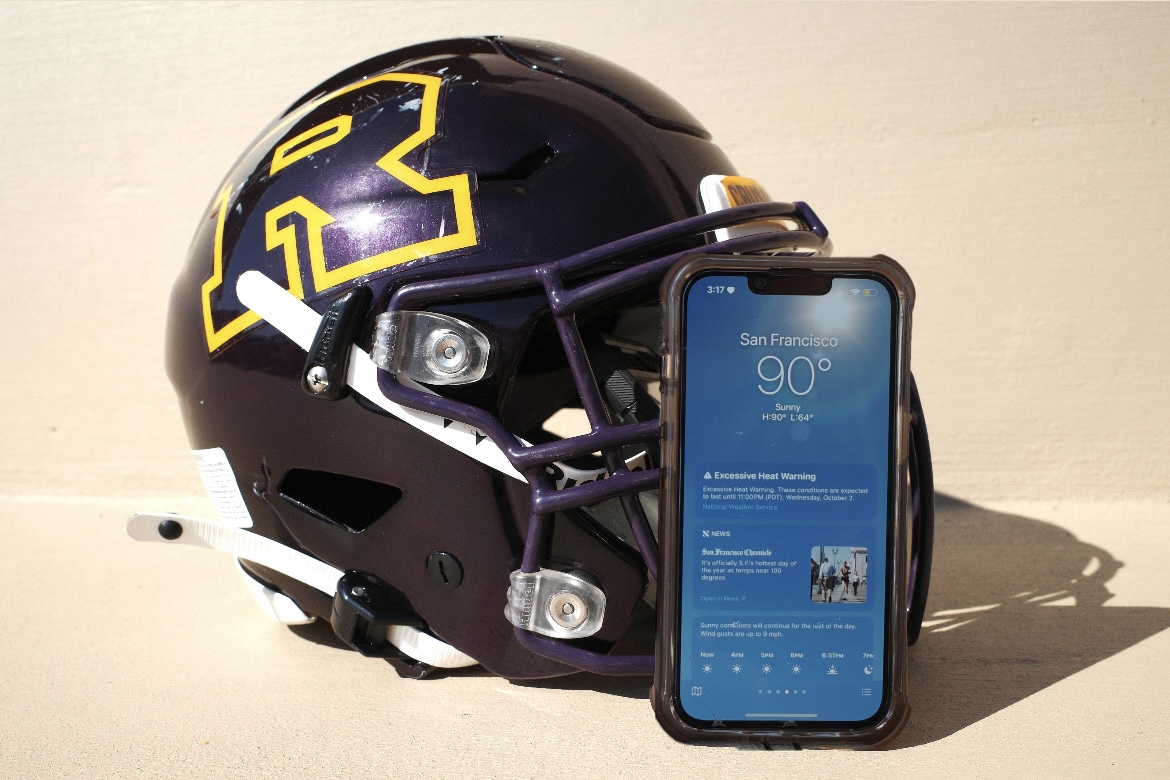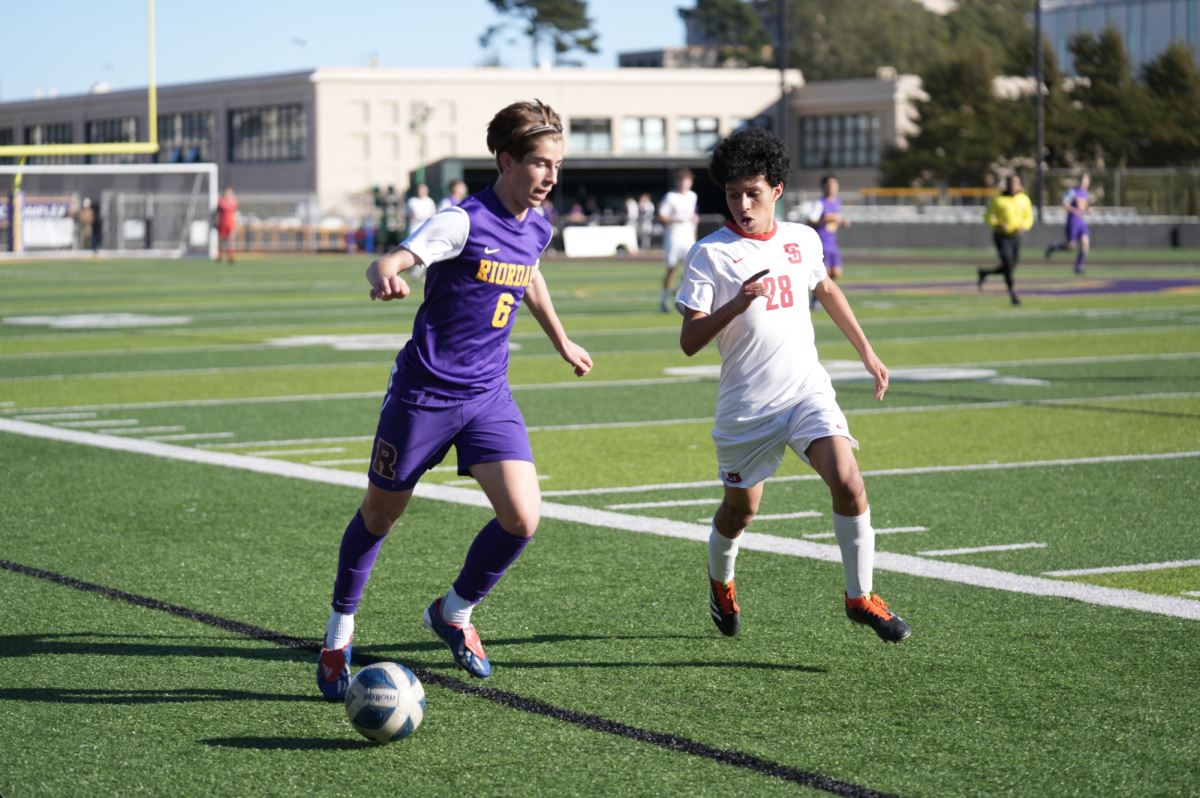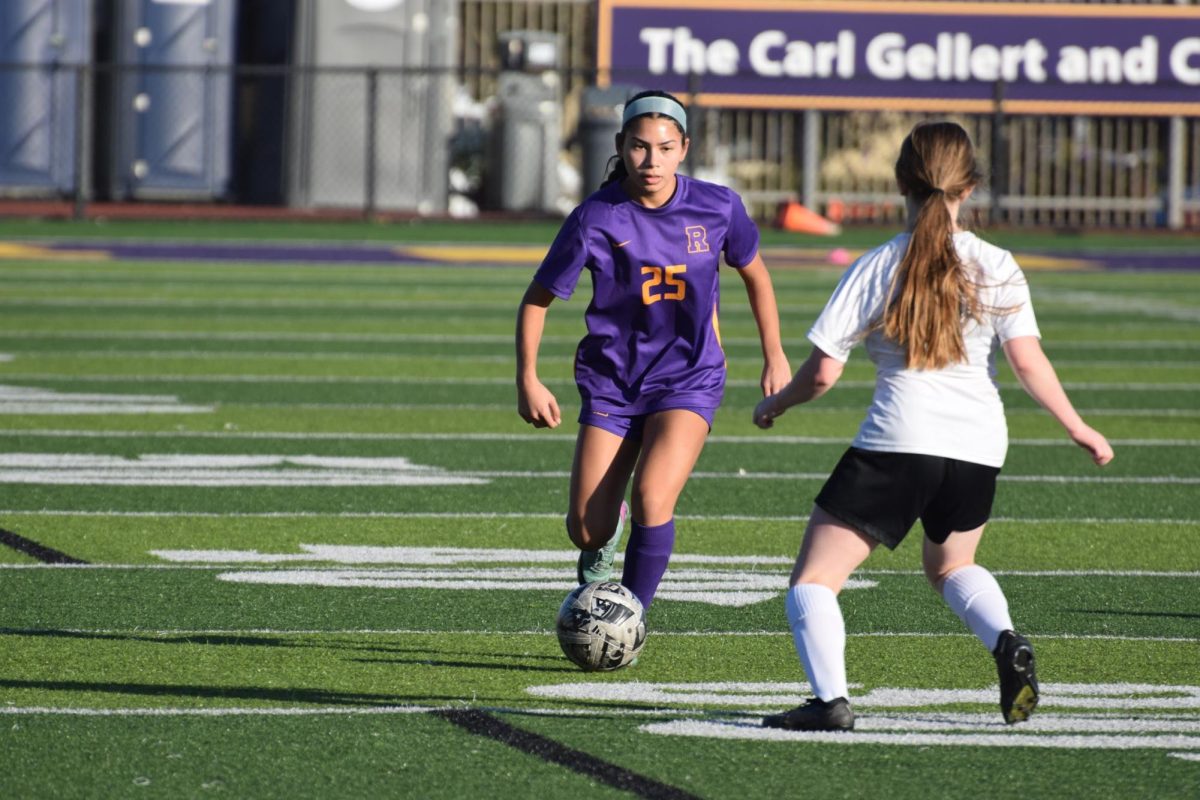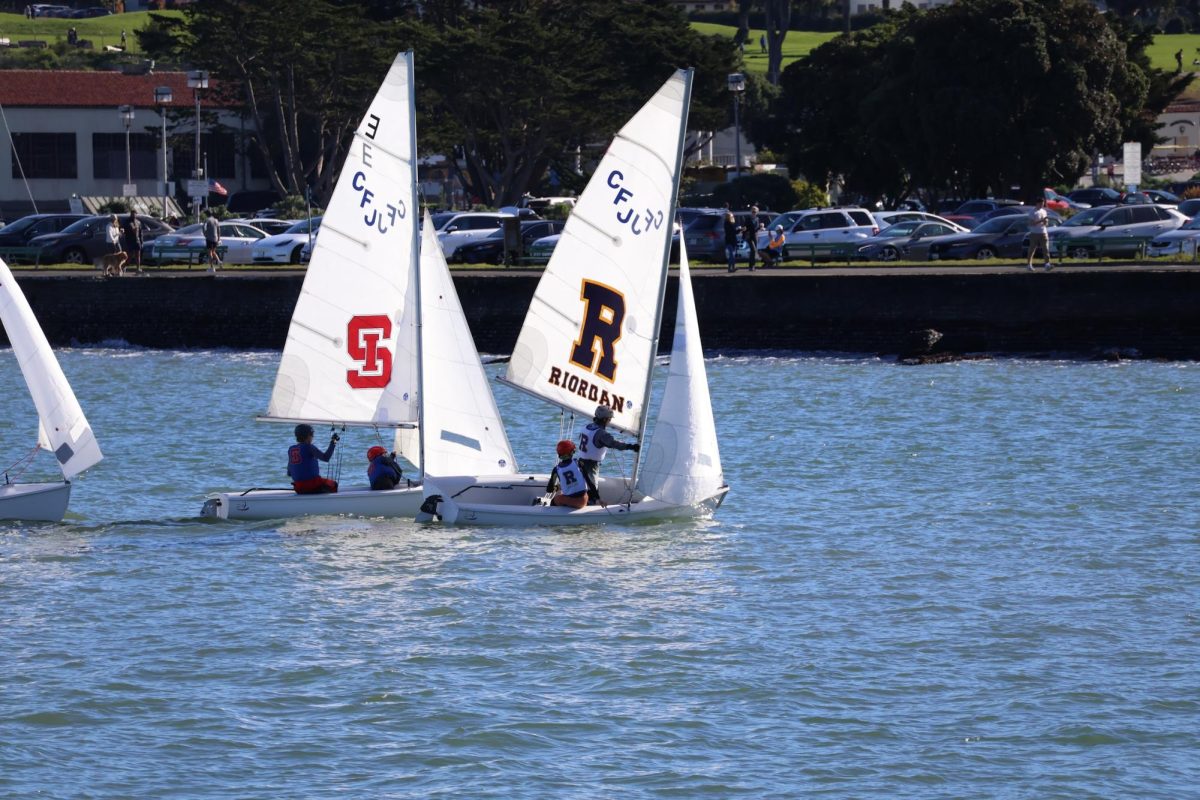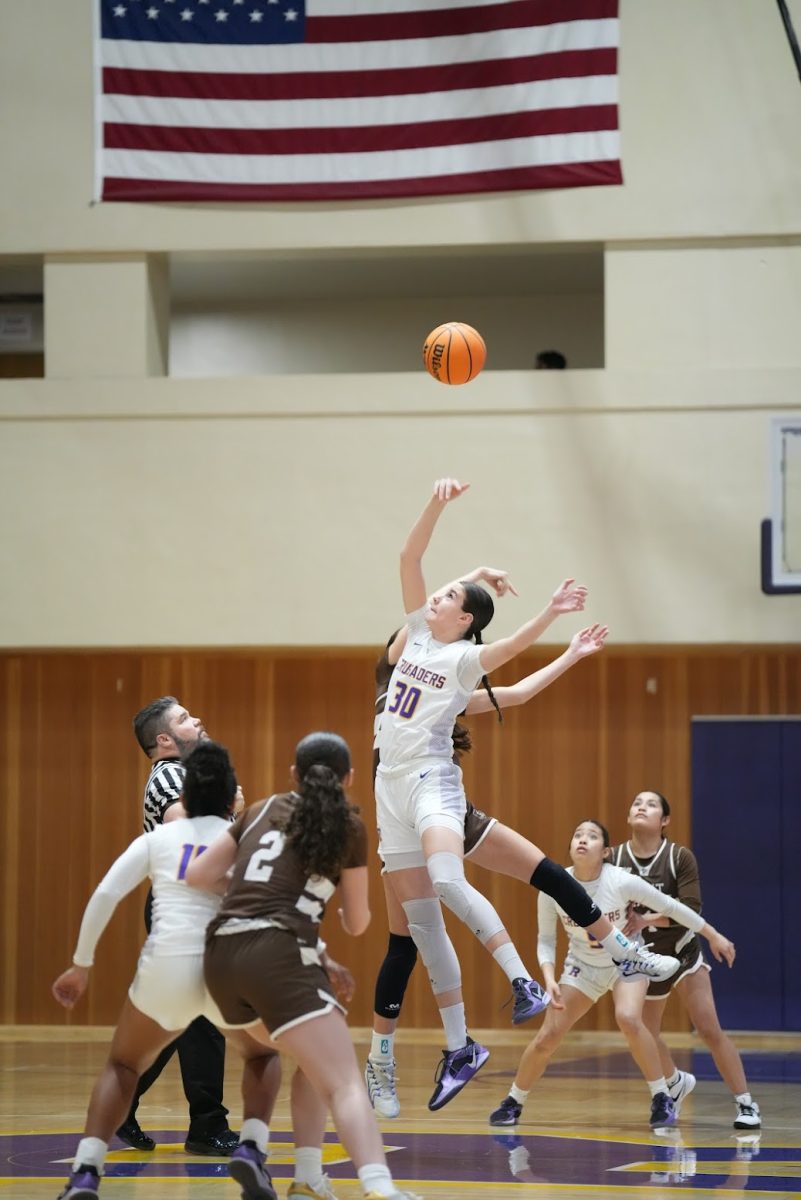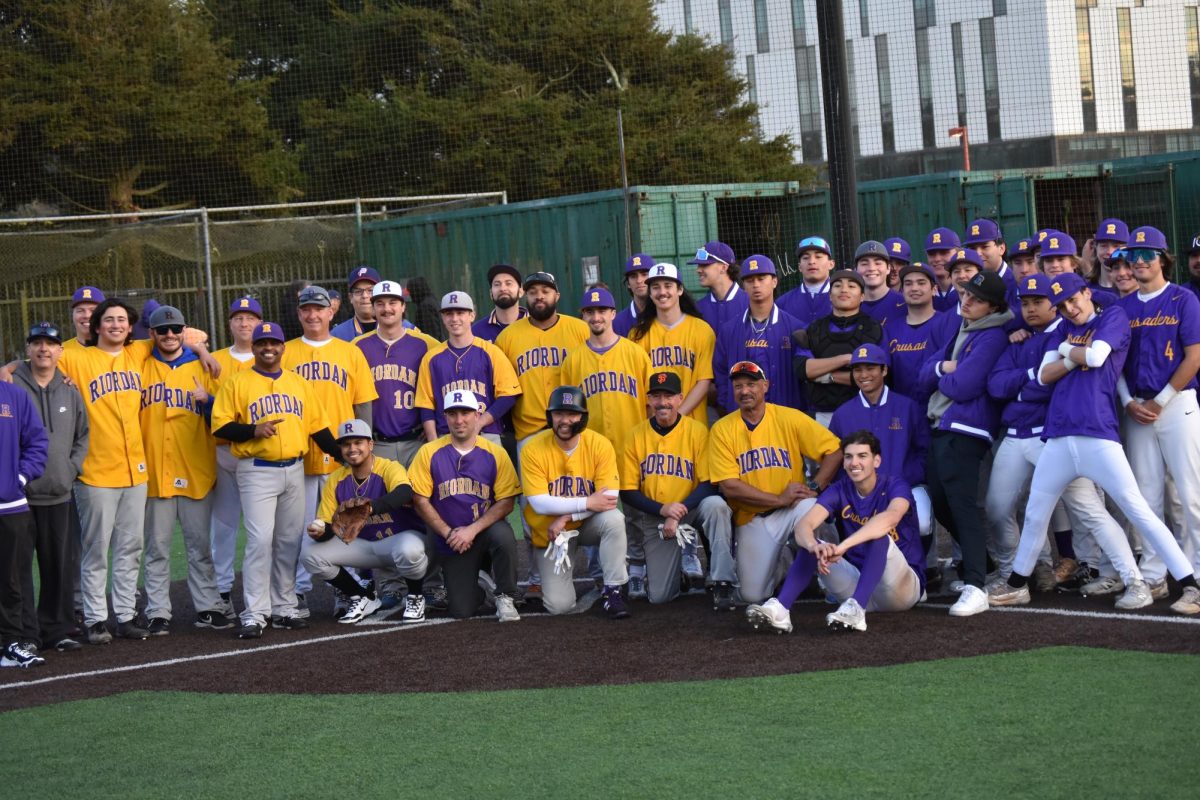As the new high school football season kicks off, California coaches are facing a new challenge beyond just preparing their teams; they now need to keep a close eye on the heat. A new state law has introduced stricter measures to protect athletes from heat-related illnesses, a serious risk as global warming becomes a larger issue.
The California Interscholastic Federation has implemented rules capping the temperature at which practices and games can take place. Depending on the location, the allowed range is from 86.2 to 92 degrees, which will be measured by a wet bulb globe thermometer. This device not only takes the temperature into account, but also factors in wind speed, humidity, and even the sun’s angle.
“We’re fortunate to have really great athletic medical and training staff to help follow the rules and monitor the situation,” said athletic director Bob Greene. “These rule/guideline additions are good overall and provide a framework for how to handle these situations, which is helpful as well.”
Medical Trainer Anthony Risotto ’17 said, “I believe that the temperature regulations are a positive thing for our student athletes, especially in areas where heat related illnesses are more common. As Athletic Trainers our job is to consistently look out for athletes’ safety, and monitoring for humidity as well as extremely warm temperatures is how we prevent life threatening medical emergencies.”
For the Bay Area, part of the Category 1 section, outdoor sports are prohibited when the temperature exceeds 86.2 degrees. While this is meant to account for the area’s usually cooler climate, the policy has some flaws. Climates within a single region can mean that one school is forced to cancel a practice due to high heat, while a school just miles away might be able to practice as planned.
Some coaches have expressed frustration, especially when key practices are postponed or canceled, potentially putting some teams at a disadvantage when it comes to being prepared for games. This issue extends beyond just football, affecting sports like cross country and water polo, which rely on specific outdoor conditions.
“Even though we agree with the law, all our runners are dogs, we can run in any temperature,” said cross country athlete John Zientara ’25.
The bigger issue, however, may be climate change itself. Experts warn that this solution will need constant revision as extreme heat events become more frequent and intense, jeopardizing not just individual practices or games but entire sports seasons. With temperatures rising steadily, it’s clear that future seasons will need even more drastic measures to keep student-athletes safe.


